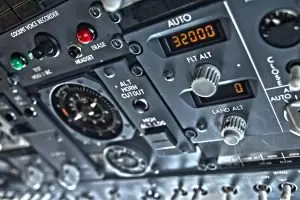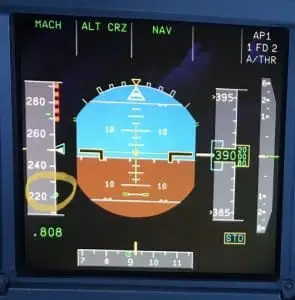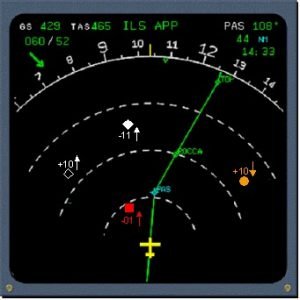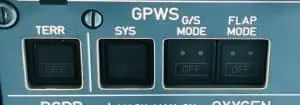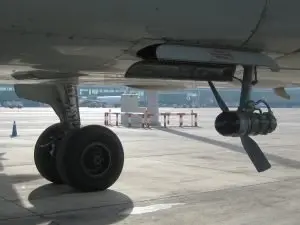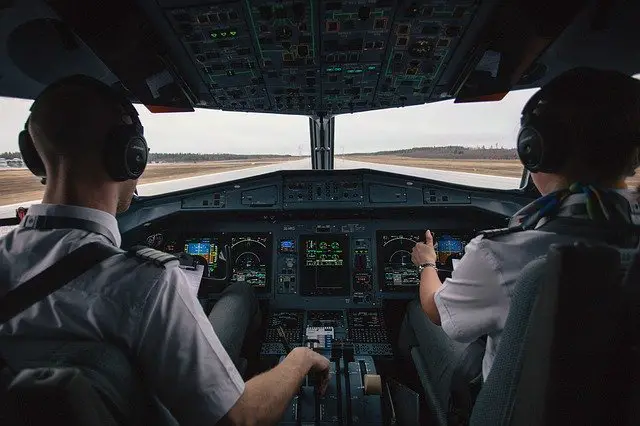
Pete has been flying aircraft for the last 20 years. He has flown everything from light piston aircraft up to heavy jets as both First Officer and Captain. He’s currently enjoying life flying the Airbus A330 for a major international airline.
On Airbus aircraft the Flight Augmentation Computer (or “FAC”) is the computer responsible for controlling inputs to the rudder, rudder trim and yaw damper.
The Flight Augmentation Computer is also responsible for generating low energy and windshear warnings.
The FAC computes this from its knowledge of the flight envelope and speed.
Table of Contents
What does the Flight Augmentation (FAC) do?
The Flight Augmentation Computers (FACs) have four main functions:
- Yaw
- Yaw damping and turn co-ordination
- Rudder trim
- Rudder travel limitation
- Flight Envelope
- PFD minimum/maximum speed computation
- Maneuvering speed computation
- Low-Energy Aural Alert
- Windshear Detection
The Airbus A320 has two Flight Augmentation Computers (FAC 1 & 2) which are considered part of the Auto Flight FMGS (Flight Management Guidance System).
Both FACs engage automatically at aircraft power up. If both FACs are operating correctly FAC 1 supplies the yaw damper, turn co-ordination, rudder trim and rudder travel limit information, while FAC 2 remains in standby as a backup.
What is calculated by the FAC?
On the PFD (Primary Flight Display) the characteristic speeds that are displayed are calculated by the Flight Augmentation Computer based on the weight entered in the FMS. (FCOM DSC 22-10-50-20)
Airbus Characteristic Speeds
| VS | Stalling speed |
| VLS | Lowest Selectable Speed |
| F Speed | Minimum flap retraction speed after takeoff |
| S Speed | Minimum slat retraction speed after takeoff |
| Green Dot Speed | Best lift-to-drag ratio speed (engine out operating speed – clean) |
The FAC is also responsible for computing “protections speeds” which are:
- Va PROT – Angle of Attack protection speed
- Va MAX – Maximum Angle of Attack speed
- VSW – Stall Warning Speed
Related Reading: Airbus Alpha Floor Protection (with examples)
The aircraft’s Center of Gravity (CG) and Gross Weight (GW) are calculated by the FAC (and also by the Flight Management computer).
The values calculated by the FAC (from aerodynamic data) are used in the flight control logic and to calculate the “characteristic speeds” (VLS, F, S, GD) displayed on the PFD. (Reference: A320 FCTM AS-FM-10)
If the gross weight (GW) calculated by the FAC and the FM differ significantly a “CHECK GW” message appears on the MCDU (Multi-Purpose Control Display Unit).
FAC and the MEL
The MEL (Minimum Equipment List) allows aircraft to depart with certain systems partially or completely INOP (inoperative).
In the case of the Flight Augmentation Computers, the A320 MEL states that FAC 1 is required to be operative – i.e. dispatch without a functional FAC 1 is prohibited.
However if FAC 2 is inoperative then dispatch is allowed subject to certain conditions.
Further Reading about the FAC
A crew of an Airbus A319 encountered a very interesting series of events involving the Flight Augmentation Computers, Minimum Equipment List (MEL) and turbulent flight on approach to Glasgow Airport in the UK. For a full explanation of the event take a look at Preparing Flight Crews to Face Unexpected Events from Airbus’s “Safety First” publication.
FAQ’s about the Flight Augmentation Computer (FAC)
What does the FAC do on Airbus aircraft?
The Flight Augmentation Computer (FAC) is the computer on Airbus aircraft that is responsible for controlling rudder inputs, running flight envelope computations and generating warnings in the case of low energy or windshear conditions.
What speeds are calculated by the FAC (Flight Augmentation Computer)?
On Airbus aircraft the Flight Augmentation Computer calculates VS, VLS, Green Dot Speed and the Flap Speeds F & S.
Which Airbus Protection Speeds are calculated by the FAC?
The FAC (Flight Augmentation Computer) calculates Va PROT (Angle of Attack Protection Speed), Va MAX (Maximum Angle of Attack Speed) and VSW (Stall Warning Speed).
If you found this article interesting please take 5 seconds to share this on your favorite social media. Thanks so much, I really appreciate it! [email protected]

Pete has been flying aircraft for the last 20 years. He has flown everything from light piston aircraft up to heavy jets as both First Officer and Captain. He’s currently enjoying life flying the Airbus A330 for a major international airline.

